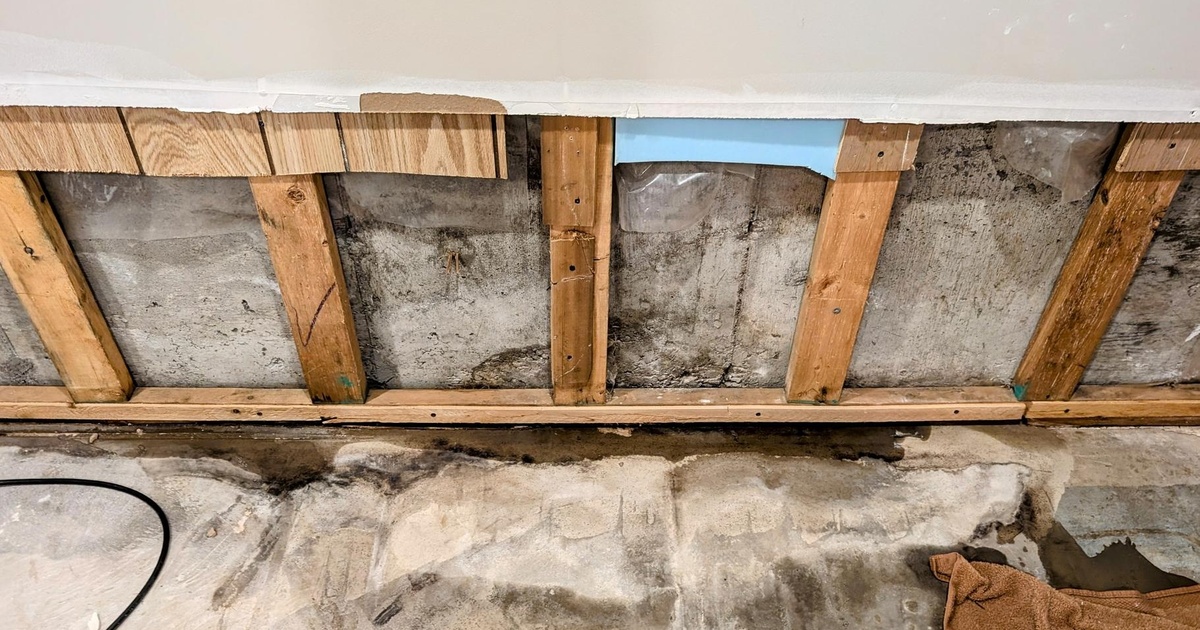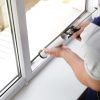Safety First Above All Else
When your basement floods, panic can set in fast. Water may be rising quickly, soaking carpets, furniture, and even electrical outlets. While it’s natural to want to rush in and save your belongings, your first step should always be safety. If water levels are near outlets or electrical panels, shut off power to the basement before entering. Floodwater can carry bacteria, chemicals, and even sewage, so wear protective gear like gloves and boots.
Stopping the Source of the Water
Once you know it’s safe, try to figure out where the water is coming from. Did a pipe burst? Is your sump pump broken? Or did heavy rain overwhelm your drains? If the issue is plumbing-related, shut off the main water supply. If it’s weather-related, call a restoration company right away to start pumping water out. Stopping the source quickly limits how much damage the water can cause.
Removing Water and Starting the Drying Process
The longer water sits in your basement, the worse the damage gets. Wood warps, drywall crumbles, and mold begins to grow within 24 to 48 hours. Start removing standing water with a wet-dry vacuum or sump pump if you have one. Place fans and dehumidifiers around the basement to help speed up drying.
However, it’s important to understand that most household tools won’t be enough for large floods. Professionals use industrial-grade pumps, air movers, and moisture meters to ensure every hidden corner is fully dried. Without these tools, water can stay trapped behind walls and under flooring, creating long-term problems.
Expert Tip: The First 24 Hours Matter Most
“The first 24 hours after a flood are critical,” says Kyle Daniels of Water Damage Cleanup Pros. “The faster you remove the water and begin drying, the less damage your home will face and the better chance you’ll have of avoiding mold.”
After the water is gone, document all damage with photos for insurance claims. Remove soaked items like carpets or cardboard boxes, and call a restoration company to finish the cleanup. Acting fast not only protects your home but also reduces stress during the recovery process.Many insurance providers specifically look for IICRC-certified contractors when handling water or fire claims. These professionals document everything according to industry standards, helping ensure the claim process goes smoothly. Their training in loss documentation and job scoping helps speed up approvals and reimbursements.











